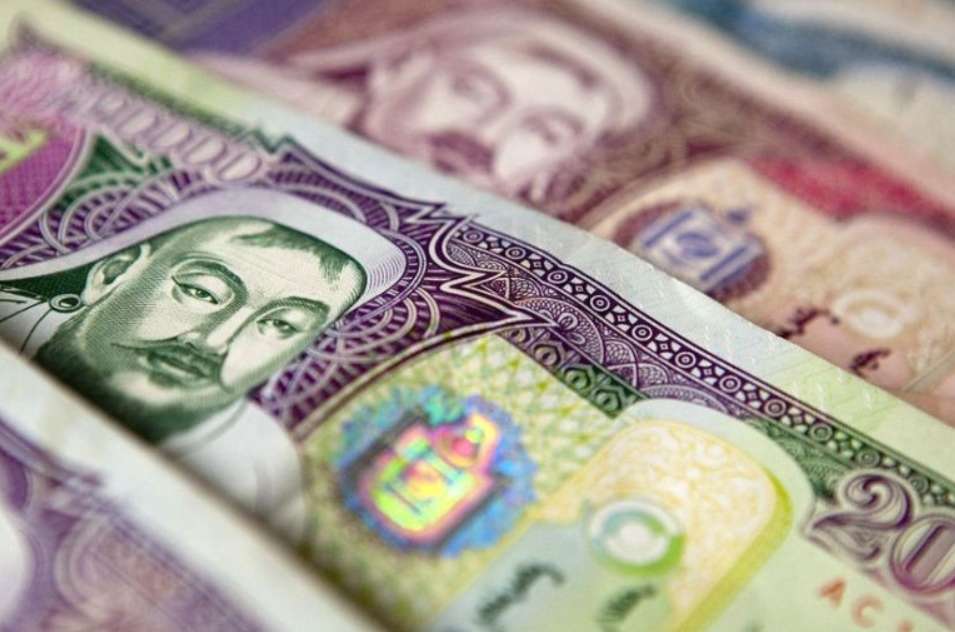Mongolia Faces Debt, Reserve Strain
Advertisements
Rare earth resources are the oil of the 21st century
Mongolia, sandwiched between China and Russia, has long been considered one of the safest countries in the world. However, its foreign policy has undergone significant changes in recent years. As tensions escalated between China and the United States over technology, China leveraged its control over rare earth elements to deliver a substantial blow to the US supply chain, even affecting military equipment production.
At this juncture, Mongolia launched its “Third Neighbor” strategy, hoping to strike it rich by exporting rare earths to the United States. Yet, the lack of seaports made this ambition challenging; despite its resources, Mongolia's ability to export remained limited, leading to a curious rebound in relations with China. Nevertheless, a sobering reality lurked beneath this diplomatic dynamic: Mongolia was drowning in debt.
Just how much debt does Mongolia owe?
The situation traces back to the collapse of the Soviet Union when Mongolia’s unique geographical context kept foreign investments at bay, stunting its modernization process. This left the country reliant on imports for nearly all civilian goods, while its own industrial supplies dwindled. Abundant natural resources, particularly mining potential, remained untapped due to inadequate infrastructure and investment, worsening the debt crisis that loomed over the nation.
According to data released by the Mongolian government in 2024, the total national debt reached an alarming $30 billion, a $1.2 billion increase in just two years. With a population of only 3.3 million, this translates to nearly $10,000 in debt for each citizen. For perspective, Mongolia’s total GDP in 2024 was a mere $20.3 billion; even if the whole country were sold off, it wouldn’t be enough to settle that staggering debt. Mongolian reserves of $5.4 billion in foreign currency may seem substantial, but they are akin to a drop in the ocean compared to the national debt.
Furthermore, the lack of foreign exchange led to significant currency depreciation. Banks faced severe commercial withdrawals, with several halting business operations tied to the US dollar. Such circumstances paint a bleak picture, making a national bankruptcy seem imminent.
In the event of government bankruptcy, halting industrial imports could quickly spiral Mongolia into social unrest. This situation may invite Western nations to exploit the geopolitical landscape, keenly recognizing Mongolia’s abundance of rare earth resources—an asset they desperately need.
Russia struggles to assist Mongolia
Countries like Russia, however, find themselves in a quandary. With their own resources drained due to ongoing conflicts, they face challenges in directing attention and investment towards Mongolia.
China's intervention in Mongolia
On January 9, numerous media outlets reported that Mongolia signed a pivotal agreement with China to create a new cross-border railway, which upon completion could ramp up the coal export capacity from Mongolia to 40 million tons. This development could double Mongolia's coal export revenues, contributing significantly to its economic recovery.
Chinese investment is already established in Mongolia
For China, this agreement is vital as well. Though China has made considerable strides in transitioning to renewable energy sources, traditional coal-fired power generation remains crucial for energy stability—an issue of national interest. Additionally, China's coal import projections for 2025 suggest it will acquire around 120 million tons globally, with nearly half sourced from Mongolia, approximately 55-60 million tons, providing Mongolia’s economy with a vital lifeline.
This reflects a notable shift in the current international landscape, where China confidently engages in surrounding matters, fostering regional cooperation and growth. It not only showcases China’s confidence in its model but also emphasizes its capability in supporting neighboring countries.

Moreover, the United States’ indifference towards Mongolia’s debt crisis also hints at a lack of genuine interest in uplifting its economic standing. Washington's enthusiasm for the “Third Neighbor” strategy seems more like a façade.
Is Mongolia destined to rely solely on the Renminbi?
Starting in 2023, China initiated a 150 billion yuan currency swap with Mongolia, alleviating immediate economic pressures. This move has resulted in a notable increase in the share of Renminbi in Mongolia's foreign currency holdings, marking a substantial step towards its internationalization.
The US dollar remains the reigning global currency
Given Mongolia's economic reliance on China and its scant dollar reserves, future bilateral trade is likely to see the Renminbi emerge as the principal currency for transactions. This scenario bodes well for the Renminbi's broader internationalization, as the limited trade volume between the two nations could allow China to identify and address potential challenges early in the process.
Previous dealings with Russia exhibited risks with currency, where Russian entities opted to liquidate Renminbi for USD on the international market, which led to volatility in the Renminbi’s exchange rate. This serves as a cautionary tale that currency internationalization is not without its pitfalls; it may contribute to potential capital outflows.
The rapid depreciation of the Russian ruble
For Mongolia, a substantial increase in Renminbi holdings signifies an elevated role of this currency in its economy. It doesn’t mean that the Mongolian currency is becoming worthless; rather, it substantially mitigates the risk of economic collapse due to foreign capital constraints.